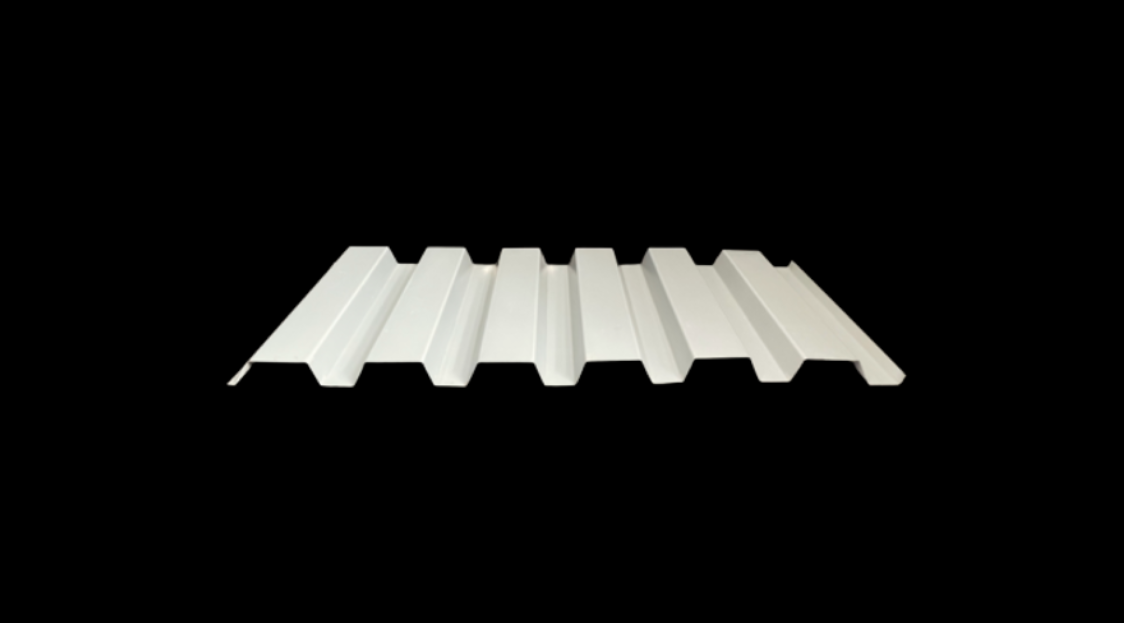
Posted on Tuesday, October 8, 2024
B Deck profiles are versatile structural panels commonly used in roofing and flooring applications for commercial and industrial buildings. These high-strength metal panels are designed to provide excellent load-bearing capabilities and durability, making them a preferred choice for various construction projects.
Design and Features of B Deck Profiles
The B Deck profile features a distinctive shape, characterized by a series of trapezoidal ribs that enhance its structural integrity. This design allows for efficient weight distribution and increased load capacity, making B Decks suitable for both roofing and flooring systems. The depth of the panels, typically ranging from 1.5 inches to 3 inches, contributes to their strength, providing the necessary support for heavy loads while maintaining a lightweight profile.
Manufacturing Process Using Roll Forming Machines
Roll forming machines play a crucial role in creating B Deck profiles. The process begins with flat metal coils, which are fed into the roll forming machine. As the coils pass through a series of rollers, they are gradually shaped into the desired B Deck profile. This continuous process allows for the efficient production of long lengths of B Deck panels, ensuring consistency and quality in each piece.
The roll forming process also allows for customization, enabling manufacturers to produce B Deck profiles with specific dimensions, thicknesses, and coatings to meet project requirements. This flexibility is essential for addressing the diverse needs of commercial and industrial construction.
Applications of B Deck Profiles
B Deck profiles are widely used in various applications, including:
Conclusion
In summary, B Deck profiles are essential components in modern commercial and industrial construction, providing high strength and durability for roofing and flooring systems. The roll forming process ensures that these panels are produced efficiently and consistently, meeting the demands of various construction projects. As the construction industry continues to evolve, B Deck profiles will remain a reliable choice for building professionals seeking quality and performance.

Most Popular Roll Forming Machines in the United Kingdom
Posted on Thursday, December 11, 2025
This blog breaks down the five most in-demand roll forming machines in the UK

Can I Finance a Roll Forming Machine?
Posted on Thursday, December 11, 2025
Financing a roll forming machine is easier than most buyers think. Here’s how leases, loans, and payment plans make production affordable.

Roll Forming Machines for Sale in the UK: What Buyers Need to Know Before Purchasing
Posted on Thursday, December 11, 2025
This complete guide explains everything UK buyers must know before purchasing, including machine types, voltage requirements, CE/UKCA compliance

Roll Forming Machines for Sale in the USA: What Buyers Need to Know Before Purchasing
Posted on Wednesday, December 10, 2025
This guide explains everything U.S. buyers need to know before purchasing a roll forming machine, including machine types, pricing, voltage
Copyright 2026 © Machine Matcher.